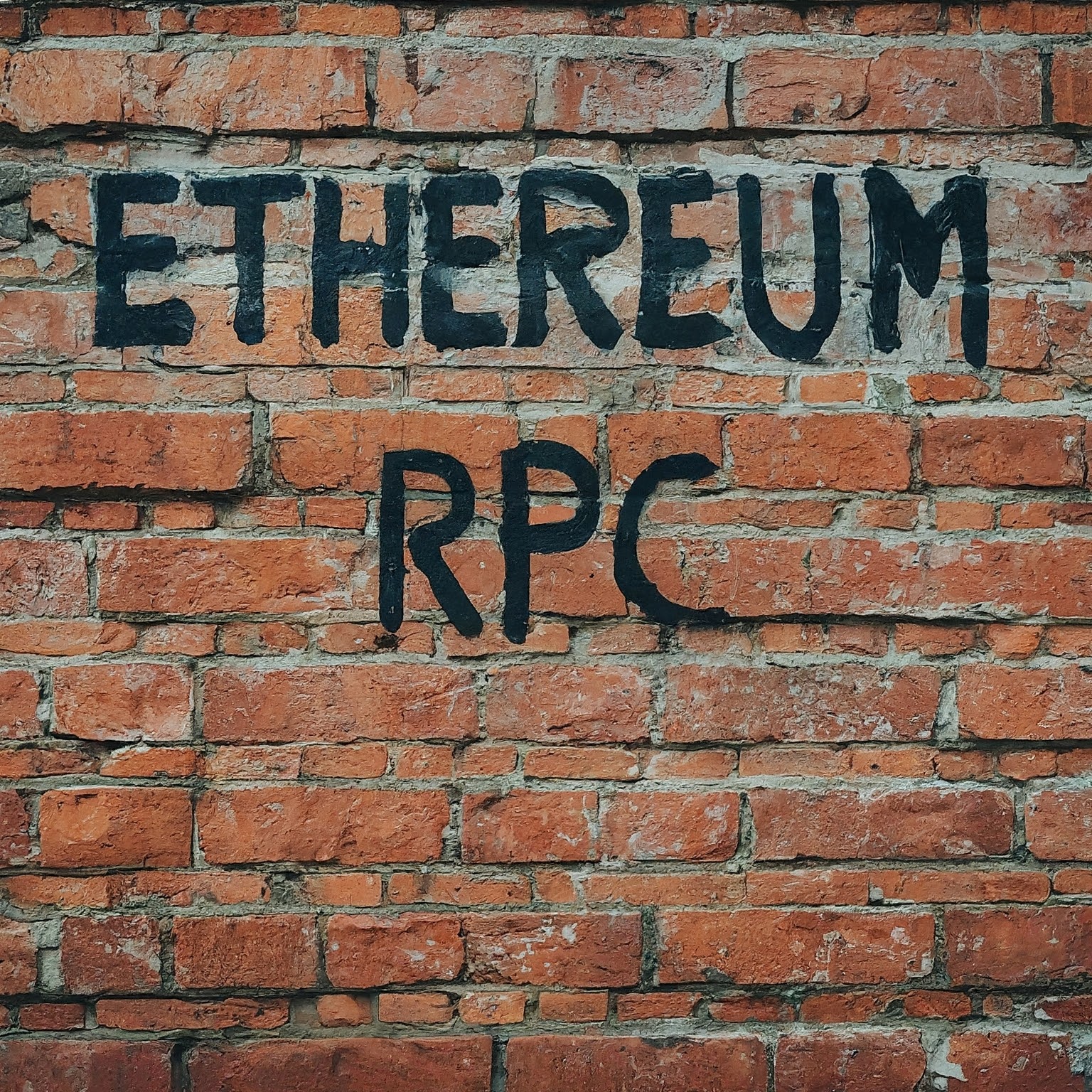As the world of cryptocurrency continues to evolve, Ethereum has emerged as a leading platform for decentralized applications and smart contracts. However, its rapid growth has also led to increased scrutiny from regulatory bodies and governments around the globe. In this article, we will delve into the complex legal landscape surrounding Ethereum, exploring the regulations it faces and the challenges it encounters.
As Ethereum gains prominence in the digital economy, it navigates through a maze of legal and regulatory complexities. From its inception, Ethereum’s innovative capabilities have sparked interest among developers, investors, and regulators alike. However, as the platform’s use cases expand, so do the regulatory concerns.
Understanding Ethereum: A Brief Overview

Ethereum, often referred to as the world’s computer, is a blockchain-based platform that enables the creation and execution of decentralized applications using smart contracts. Ether (ETH), its native cryptocurrency, fuels these operations and transactions. Ethereum’s capabilities go beyond those of Bitcoin, as it provides a platform for developers to build decentralized applications on its blockchain.
Regulatory Approaches to Ethereum
One of the key challenges regulators face is classifying Ethereum. While Bitcoin is generally viewed as a decentralized currency, Ethereum’s use cases extend to applications and contracts. This has led to debates over whether Ether should be classified as a security, subject to stricter regulations, or as a commodity like Bitcoin. Ethereum operates on a global scale, which raises jurisdictional concerns for regulators. Determining which laws apply when transactions occur across borders becomes complex. The decentralized nature of Ethereum further complicates matters, as traditional legal frameworks may not adequately address this new paradigm.
Global Regulatory Trends
The U.S. Securities and Exchange Commission (SEC) has taken a cautious approach to cryptocurrency regulations. While it has clarified that Bitcoin is not a security, Ethereum’s status remains uncertain. The SEC’s statements and actions regarding Ether have significant implications for the broader legal landscape.
The European Union (EU) acknowledges the potential of blockchain technology and cryptocurrencies. It seeks to foster innovation while ensuring consumer protection and market integrity. The EU’s regulatory framework reflects a balance between these objectives. Asian countries have diverse regulatory approaches to Ethereum. Some, like Japan, have embraced cryptocurrency exchanges with regulatory frameworks. Others, such as China, have imposed strict bans. This diversity highlights the challenges of creating a unified global regulatory environment.
Challenges in Applying Traditional Laws

Smart contracts, a cornerstone of Ethereum, are self-executing agreements with the terms directly written into code. Ensuring their legal enforceability poses challenges, as traditional contract law may not fully encompass their complexities. Ethereum’s pseudonymous nature raises concerns about money laundering and illicit activities. Striking a balance between privacy and compliance with anti-money laundering (AML) regulations is a challenge that regulators grapple with.
Ethereum’s Response to Regulatory Challenges
To address regulatory uncertainties, the Ethereum community has taken steps towards self-regulation. Industry standards are being developed to ensure transparency, security, and compliance among participants in the Ethereum ecosystem. Ethereum’s development teams and prominent figures actively engage with regulatory authorities. By fostering dialogue, the platform aims to shape regulations in a way that supports innovation while mitigating potential risks.
The Future of Ethereum’s Legal Landscape
As Ethereum’s ecosystem continues to expand, its legal landscape will evolve in tandem. Collaborative efforts between industry stakeholders and regulators will play a pivotal role in shaping this landscape. Clarity in regulatory frameworks will be essential to foster innovation and investment.












Leave a Reply
You must be logged in to post a comment.